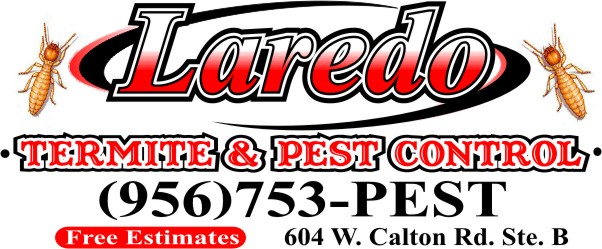Latin Name:
Ixodida (describes most common ticks)
Appearance:
Ticks vary in color by species. Adult ticks are smaller than a sunflower seed (1/8 to 5/8 inch long if engorged with blood), while nymphal (or immature) ticks are less than 1/16 inch. Common problem ticks include the American dog tick, deer or black legged tick and lone star tick.
Habit:
Often found near wooded and highly vegetated areas. Some species require moisture to survive.
Diet:
All females and males of most species feed on blood of mammals, birds and reptiles.
Reproduction:
There are four stages in a tick’s lifecycle – egg, larvae, nymph and adult. Ticks have only six legs during their larval stage and eight legs during their nymphal and adult stages. They consume blood meals during all stages. Pathogens, or organisms that cause diseases in the animals they infect, can be passed through the stages of a tick’s life cycle.
Other:
Ticks not only cause irritation and discomfort, but they also are capable of transmitting serious diseases to humans and other animals.


